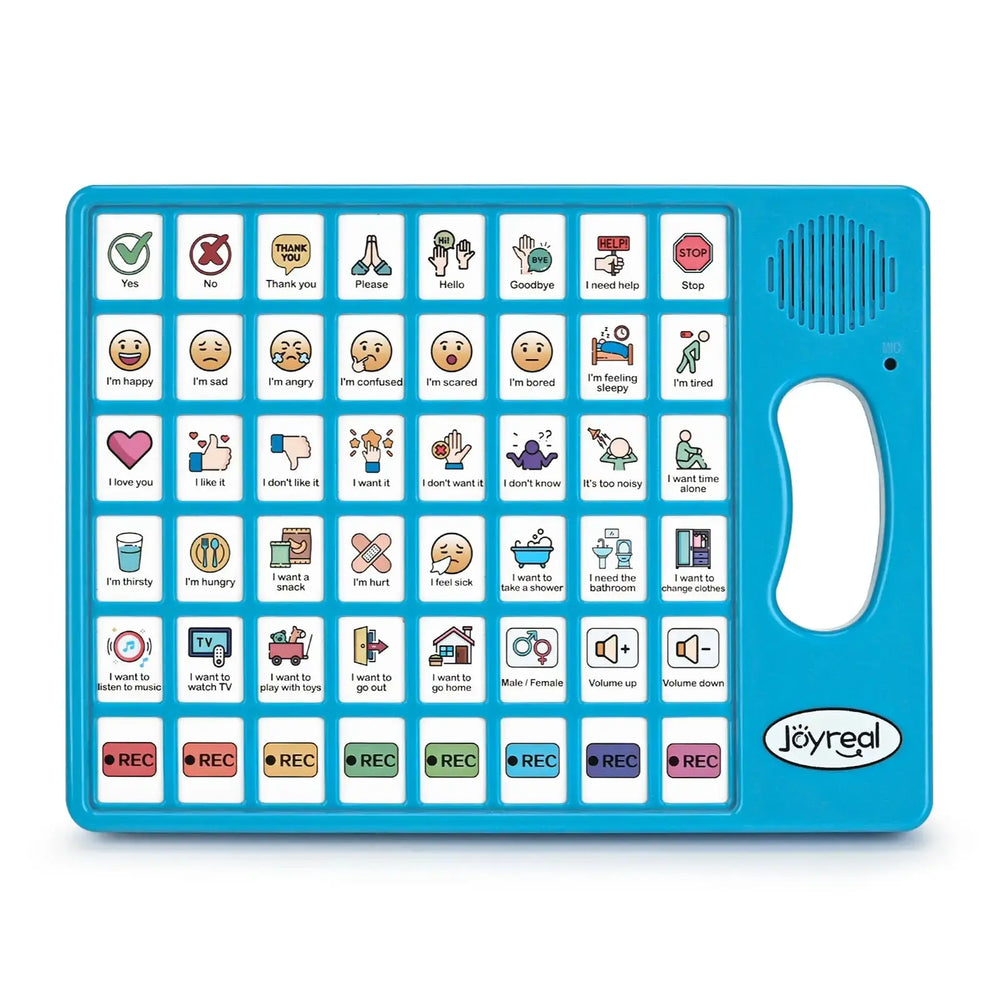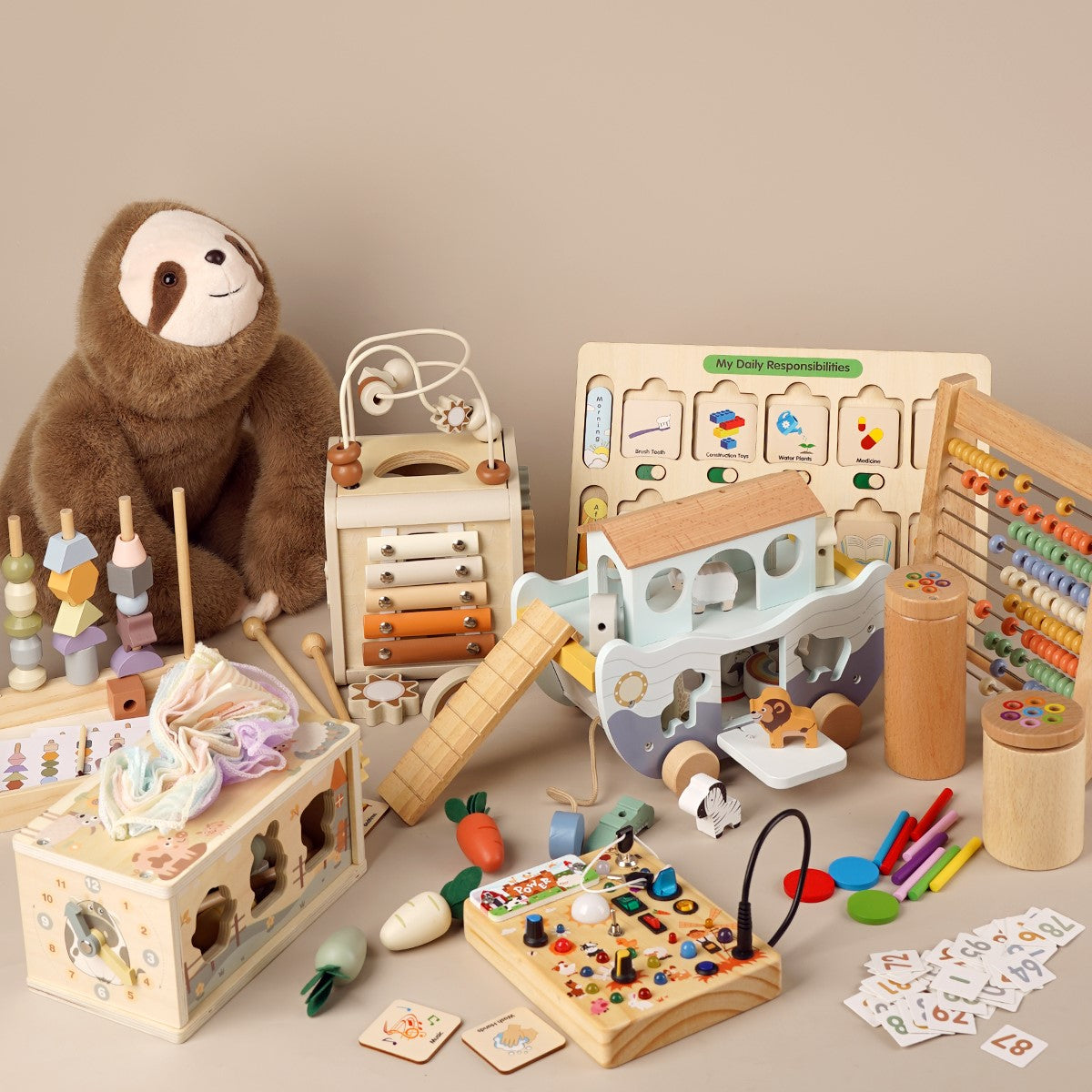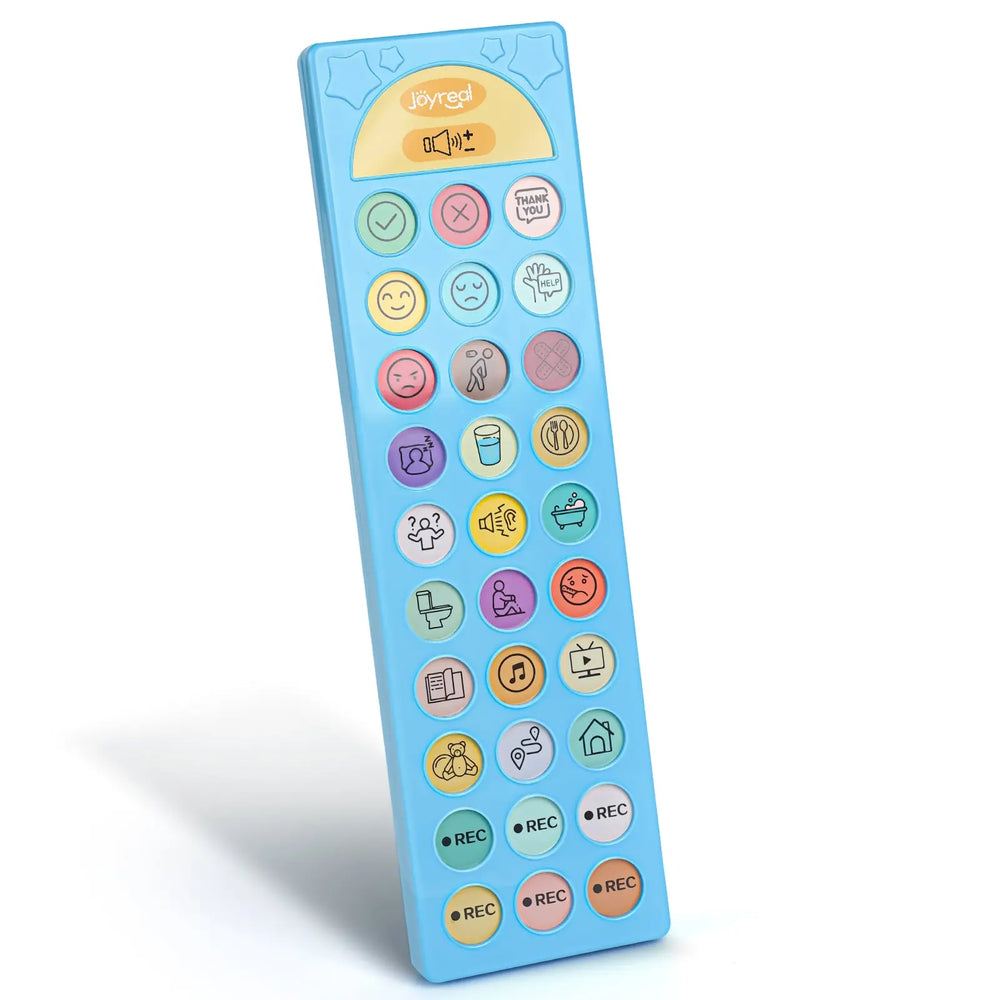Why Autistic Children Struggle with Food Textures | Parent’s Guide

For many parents of autistic children, mealtimes can feel like an uphill battle. A plate of food that seems harmless to one child can feel overwhelming to another simply because of its texture. Whether it’s the sliminess of pasta, the crunch of carrots, or the mushiness of mashed potatoes, these sensations can trigger strong reactions.
This guide explores why food textures pose unique challenges for autistic children and provides practical strategies for parents to make mealtimes calmer, healthier, and more enjoyable.
What Are Food Texture Sensitivities in Autism?
Defining Sensory Processing Differences
Autism often comes with differences in how the brain processes sensory input. For some children, this means that food textures feel more intense, unpredictable, or even unpleasant. While most people can tolerate a wide variety of textures, autistic children may experience discomfort, distress, or even physical reactions.
Common Texture Issues (Crunchy, Slimy, Lumpy, Gritty)
Some of the most frequently reported problematic textures include:
- Slimy foods: like cooked spinach or scrambled eggs.
- Crunchy foods: such as raw vegetables or chips.
- Lumpy or mixed textures: soups, stews, or yogurt with fruit.
- Gritty foods: rice, seeds, or anything grainy.
These textures can make eating feel unpredictable and overwhelming.
Key Reasons Autistic Children Struggle with Food Textures
- Over-Responsiveness to Sensory Input
Some children’s nervous systems respond too strongly, making even small variations in food textures feel unbearable.
- Anxiety Around Unpredictability of Foods
The same dish can feel different from one meal to the next. That unpredictability increases stress for autistic children.
- Rigid Food Preferences and Safe Foods
Many autistic children stick to a small list of “safe foods” that feel familiar and predictable.
- Past Negative Experiences with Eating
Choking, gagging, or being forced to try disliked foods can lead to long-lasting aversions.
The Impact on Nutrition and Family Life
- Risk of Nutritional Deficiencies
Limited diets can mean missing out on key nutrients, affecting overall health.
- Stress During Family Mealtimes
Parents may feel pressure, frustration, or guilt when meals turn into power struggles.
- Social Challenges at School and Events
Children who can’t tolerate common foods may struggle at parties, school lunches, or holidays.
How Parents Can Support Their Child
1. Baby Chew Toy for Oral Development: Managing Oral Sensitivities
Many autistic children seek oral stimulation by chewing on clothes, pencils, or toys. While this is a natural way to regulate sensory input, it can be unsafe or unsanitary.
👉 A safe solution is the Joyreal Oral Development Baby Chew Toy.
Everyday Use Case:
- Before meals, the chew toy helps children practice oral muscles and prepare for eating.
- When introduced to a new food texture, the toy provides a safe and familiar sensory experience, reducing anxiety.
- Parents can feel reassured that their child has a healthy outlet for chewing.
By meeting the need for oral input, a Baby Chew Toy for Oral Development can make it easier for children to gradually tolerate new food textures.
2. AAC Communication Device: Giving Children a Voice at the Table
One of the biggest frustrations during meals is miscommunication. A child may want their “safe food” but can’t explain it, leading to tears. Or they may dislike the “lumpy texture” in soup but have no way to express why.
👉 With the Joyreal Talk Aid Autism Communication Device, children can communicate clearly using symbols, pictures, or voice output.
Everyday Use Case:
- At breakfast, a child taps the symbol for “crispy toast” instead of refusing food silently.
- During dinner out, the device allows them to tell parents or even restaurant staff, “I don’t want soup with chunks.”
This type of aac communication device—and broader aac devices for autism—can transform mealtimes. Instead of frustration and meltdowns, families experience cooperation and understanding.
3. Autism Sensory Toys: Calming Before Mealtime
Sometimes, the biggest challenge isn’t the food itself but the anxiety before eating. Many parents find success by incorporating autism sensory toys into daily routines.
Everyday Use Case:
- Before dinner, a child spends 5 minutes with a fidget spinner or textured toy, releasing nervous energy.
- A weighted lap pad during mealtime provides calming pressure, helping the child sit longer at the table.
These tools regulate the body, making it easier for children to focus on trying foods—even if it’s just placing something new on the plate without pressure.
How These Tools Fit Into a Parent’s Strategy
The right products can’t “fix” food texture sensitivities overnight, but they can make the journey easier. Chew toys give children safe sensory input, AAC devices provide a voice at the table, and sensory toys calm anxiety. Together, they create a supportive environment where children can slowly expand their food choices without fear or pressure.
Practical Tips for Daily Mealtime Success
- Keep mealtimes short and positive.
- Introduce one new food at a time.
- Use visual schedules and social stories to prepare your child.
- Reward exploration, not just eating.
- Avoid force-feeding—it can increase long-term resistance.
Common Myths About Autism and Eating Habits
- “They’re Just Picky Eaters”
This minimizes the real sensory struggles autistic children face.
- “They’ll Grow Out of It”
Some children may improve, but many continue to experience sensory sensitivities into adulthood.
- “Forcing Foods Will Fix It”
Pressure often makes things worse and creates lasting food aversions.
Conclusion: Supporting Growth Through Understanding
Food texture sensitivities in autistic children aren’t just about being “picky.” They reflect deeper sensory processing differences that shape how children experience eating. With the right approach—patience, structured routines, and supportive tools such as chew toys, aac communication device, and sensory toys—families can transform mealtimes from stressful battles into moments of progress and connection.
By starting small, staying consistent, and offering a safe environment, parents can help their children gradually expand their diet while feeling safe, understood, and supported.
FAQs About Autism and Food Textures
1. Why do autistic children gag on certain foods?
- Because their sensory system is hypersensitive, certain textures trigger an immediate gag reflex.
2. How can I expand my child’s food choices?
- Start with small changes—add one new food at a time, and allow exploration without pressure.
3. Should I worry about nutrition?
- Yes. If your child’s diet is very restricted, consult a pediatrician or dietitian.
4. Are AAC devices effective for food struggles?
- Yes. They reduce frustration by allowing children to clearly request or refuse foods.
5. Will food aversions improve over time?
- Many children make progress with gradual exposure, supportive tools, and professional help.
6. What should I avoid?
- Avoid forcing or punishing around food. Pressure often increases aversions.

Maybe it will be helpful for you:
Recent Post

From Noise to Growth: Why Every Toddler Needs a Joyreal Wooden Drum Set?
For many parents, a toddler banging on a drum might seem like pure ...

Growing Independence Through Daily Play
How Simple Daily Tasks Build Life Skills Through Pretend Play &...

How Joyreal AAC Helped Us Communicate Beyond Words
🌼 Finding My Child’s Voice: A Parent’s Journey and How Joyreal AAC ...

Top Joyreal AAC Devices 2025: Costs, Autism Communication Tips & Smart Buying Guide
Modern AAC Devices for Autism Choosing the right autism communicati...

Why the Joyreal Drum Set Is the Best First Music Toy
Choosing a toddler’s first music toy is a surprisingly big decision...

Top Sensory and AAC Communication Board Gifts for Little Communicators
Why AAC Communication Solutions Matter AAC (Augmentative and Alter...

Why Wooden Toys Make Better Christmas Gifts?
Every year, parents face the same holiday dilemma: Should we buy th...

What Finally Helped My Toddler Speak Up?
If you’re a toddler mom, you already know how much emotional weight...

Joyreal Christmas Toys Deals 2025
Enjoy instant savings across nearly every category, from early lear...

How Wooden Montessori Toys Support a Sustainable Childhood
Most parents don’t say it out loud, but many feel the same quiet fr...












